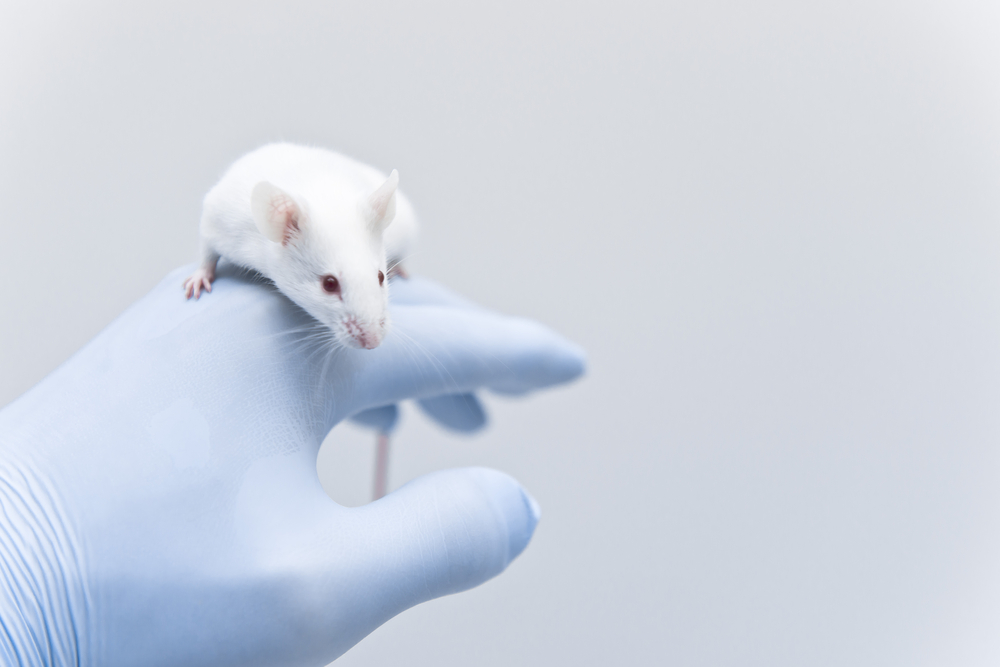Diabetes Treatment, Metformin, Seen to Aid Muscle Function and Overall Health of Mice with Congenital Muscular Dystrophy

Metformin, a diabetes treatment, eased disease progression and improved muscle function in female — and, to a lesser extent, in male — mice altered to have congenital muscular dystrophy with laminin α2 chain-deficiency (LAMA2-CMD), a study reports.
Its researchers also reported that this type of congenital muscular dystrophy — the second most common muscular dystrophy evident at birth — appears to affect females in more severe ways than males.
The study, “Effects of metformin on congenital muscular dystrophy type 1A disease progression in mice: a gender impact study,” was published in Scientific Reports-Nature.
LAMA2-CMD is caused by mutations in the LAMA2 gene that produces laminin alpha-2 chain, a component of the extracellular matrix that is highly expressed in normal muscle cells. The extracellular matrix is a mixture of biological agents that gives structural support to surrounding tissues.
Loss of laminin causes low muscle tone at birth, muscle weakness, and difficulties in moving the extremities or in standing and walking. It is also associated with the death of muscle cells and excessive inflammation. All these symptoms appear to be related to poor energy production in the muscle.
Metformin is an FDA-approved oral therapy for type 2 diabetes, and it has been used off-label to treat obesity in adolescents. It does not address the underlying genetic causes of muscular dystrophy, but has been shown to improve skeletal muscle function in ambulatory Duchenne muscular dystrophy patients.
Its mechanism of action is not fully understood, but it is known to increase the energy generated by muscle and its overall force.
Researchers in Sweden studied disease symptoms in mice with LAMA2-CMD and assessed whether treatment with metformin improved their overall health.
At the study’s start, LAMA2-CMD mice were seen to gain less weight, take in less water, and have lesser white fat than their healthy counterparts. Their muscles were also weaker and energetically less efficient, both of which affect muscle function. At the cellular level, diseased mice showed muscular cell death, a feature typical of muscular dystrophy.
All these disease characteristics were more severe in female than in male mice. For example, compared to healthy control mice, female LAMA2-CMD mice gained 87% less weight and males 54% less weight. Diseased females showed a reduction of 70% in muscle strength and males a 30% reduction.
But researchers also found that treatment with metformin had greater benefits in disease female than in male mice. “In this study, we show that metformin enhances weight gain, restores energy efficiency, augments muscle function, improves morphological features of muscular dystrophy and reduces the expression of some fibrosis-related genes in [affected] females (and to a lesser extent in [affected] males),” they wrote.
For example, metformin increased the muscular energy intake by six-fold in females and by 1.7-fold in males. The treatment also increased weight gain to values near those in healthy mice and doubled the muscle strength of affected females, whereas only slight improvements here were recorded in males.
“This study shows that metformin treatment significantly reduces muscular dystrophy in [affected] females. Importantly, metformin is already approved for use in humans, which is advantageous from a clinical point of view,” the researchers concluded. Although it does not “target the primary genetic defect” and cannot cure the disease, “metformin could be used as a supportive treatment that may improve many of the pathological symptoms in LAMA2-CMD.”
Future studies should focus on metformin’s potential benefits in younger mice that have not yet developed muscular dystrophy, the team suggested, noting this study used 6-week-old mice already showing most of the disease’s hallmarks.






